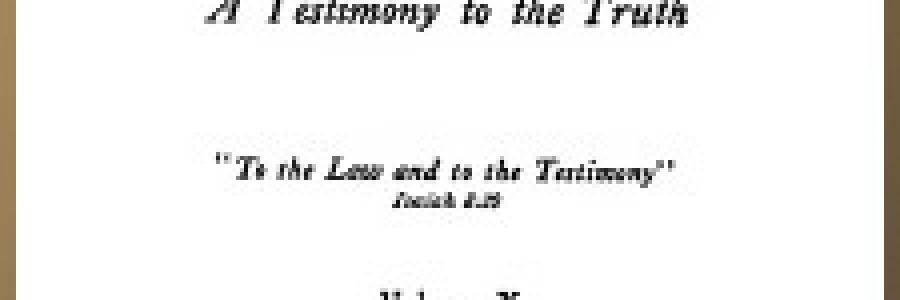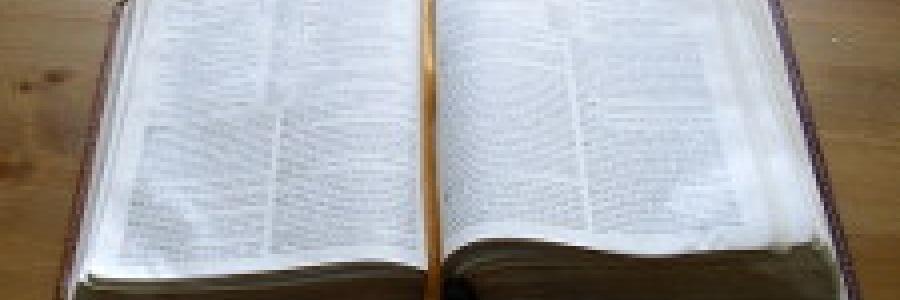The Holy Spirit and The Sons of God
CHAPTER VII - THE HOLY SPIRIT AND THE SONS OF GOD
BY REV. W. J. ERDMAN, D. D., GERMANTOWN, PENNSYLVANIA
It is evident from many tracts and treatises on the Baptism of the Holy Spirit that due importance has not been given to the peculiar characteristic of the Pentecost gift in its relation to the sonship of believers.



Discussion